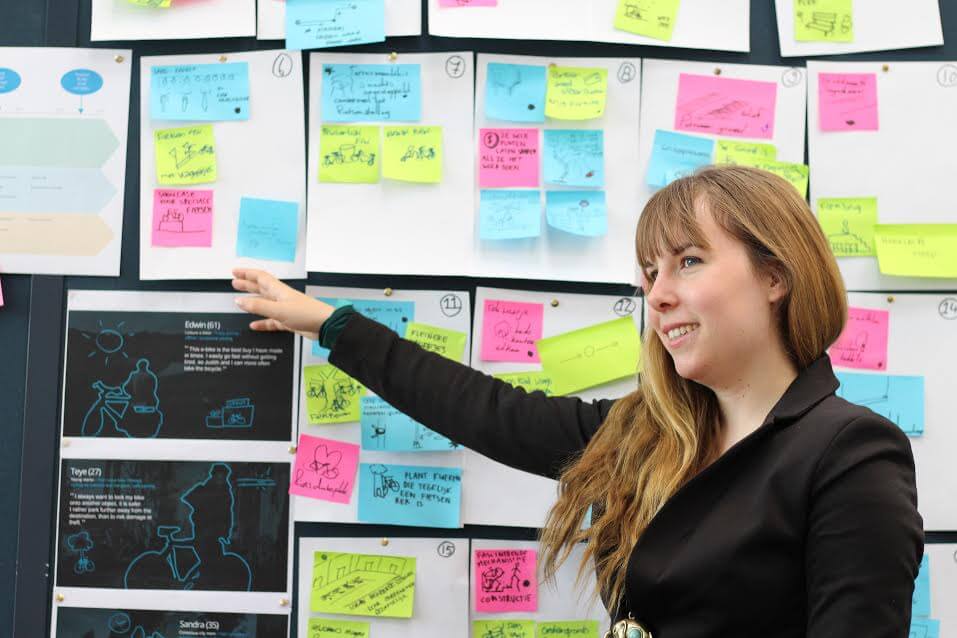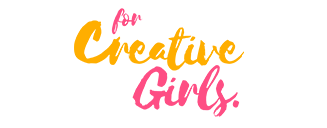A consistent fear of creative people who have clients: Am I doing enough? Does my work really solve the problem of this client? Will I get a new client? How do I start getting paid enough for the work that I’m doing? These thoughts plague many people and is a common factor. What we as creative people usually remind ourselves is that it is okay to recognize our doubts but that it cannot stay for long. So, how do we tackle these doubts and how do we learn how to balance the scale when it comes to dealing with our clients.
One of the groups of people who deeply understand what having clients mean are designers. Most designers at one point or the other have had clients, or are currently handling a couple of clients project. We, therefore, thought it significant to ask a couple of our favorite designers, how they navigate the clientele-ship.

In your experience as a designer, what difficulty do you face the most with clients?
Most people do not see design as a profession which should be taken seriously and because of this, clients would ask for free designs or under-pay designers. The most annoying thing a client has told me is “Do this design and I will bring you customers”, “I will give you a shout out in my interview”, and “Your logo will be all over the place”. These words are the biggest SCAM a client will ever tell a designer. It almost never works. I came across this a lot especially at the beginning of my career.
Solution: Branding myself as a service has made me appear more professional, thereby limiting the amount of “FREE JOB” clients that come my way. When a client sees that you have a website and also have a portfolio that speaks CREATIVITY, he/she will take you seriously.
Also, most clients try to play smart by not telling you all the services they need from you at first then later bring in others and expect you the designer to render that service with the cost of one. Example: Mr. Tunji knows wants a full brand service but tells the designer he wants just a Logo and after the logo is designed he then says “ehhhh just do the business card and letterhead for me na, after all, you cannot do logo without the business card and letterhead”.
Solution: I try as much as possible not to discuss prices with my clients over the phone. I send them my quotes via mail after he/she has clearly stated the services needed
What are your favorite design tools?
My favorite tools are my SKETCHPAD and PENCIL.

For me, the hardest part of dealing with clients is earning their trust. They need to understand that you know what you are doing and that certain steps are important in the design process, even though they do not seem important to them. The first part of designing a product or an interface can be very vague for people that have no experience in design. Setting the right expectations at the beginning of the project can help, both for the designer and the client. Explaining why certain steps are important can help them feel more at ease. I’ve had a client that wanted to meet up every week and discuss my work and tried to find a resemblance between my way of working and the scientific way of working that she uses. Once I earned her trust, she let me do my thing and was amazed by the final design.
Having a client trust you can lead to you being able to make stuff you are really proud of. I think most designers have worked on projects where you sort of feel ashamed at the end result. This happens when clients don’t trust their designers and demand that their own (bad) ideas are used. In these cases, I recommend explaining why their idea is a bad idea, or why another option is better. Leave the decision to them. It’s not fun to work on something you are not proud of, but in the end, the client is the one that pays you and the one that has to deal with the consequences of the bad design.
My Favourite Design Tools
Currently, my favorite design tool is Balsamiq, which helps you to easily and intuitively create wireframes. I also love InVision app to quickly create prototypes for user testing or presentation.

They mostly prefer getting what they have in mind than getting what I know is best for them.
So how I handle them is that I try to educate and make them understand what is right for them. Because I really don’t agree with this saying “customers are always right” because sometimes they get it wrong.
Does educating them work?
Not all the time.
My Favorite Design Tools
My paper and pencil 🙂
Adobe Illustrator and Photoshop

Well, when I first ventured out my main challenge was putting a price on my work and negotiating with clients. Mixing business and creativity was a major problem. I didn’t know whether to request for upfront before the job or just go ahead with the job and get paid later. If I go with the second option I’d get underpaid or never.
But what kept me going was my love for design and gradually I knew my worth. And now I know how to identify high paying clients and the ones I have to help.
My Favorite Design Tools
About tools, it depends on the project.
Graphic design for print, usually I use Corel draw because most local printers are comfortable with it and you don’t need an expert to control/convert your work to from RGB to CMYK.
But when it comes to web/digital graphics/photo manipulation I love to use Photoshop and illustrator.

Difficulty with clients. It’s not that the client is being difficult. What often doesn’t happen is setting a baseline of expectations and understanding of core project values. I’ve found the most successful projects are the ones that are set with an understanding of the importance of User Experience, measures of success and realistic timelines based on the project goals.
Best practice for handling clients. I learned to never take a ‘us vs them’ position. And instead, check if the issues are high stakes or low stakes and going from there. Also highlighting the impact of requested changes in the moment is extremely important to keep the project on track.
Favorite design tools
I love working in Sketch, Invision, and Zeplin. Those 3 tools make the handoff between development and design so easy. I’m looking forward to seeing how Invision Studio can improve our workflows.

I think the most difficult part of handling clients is keeping them happy with progress on a contract. It’s tough enough to land something, but a lot harder to keep it. Since it’s creative work, a lot can change within the contract despite the ground rules you might set.
For best practices, always do your homework on who you’re working for. Learn what you can about the client or company, and structure your project plan with them in mind.
Favorite Design Tools
My favorite design tools are a sketchbook and a 10 color set of pens. All good ideas start there.

There are a lot of challenges faced by designers especially in Nigeria. One of which is “Payment”. Most clients are not willing to pay for a high-quality design. But I’m not going to dwell on this because I believe it’s been overemphasized.
A more pressing challenge is unrealistic demands and deadline from clients. Some clients come up with ridiculous design demands, they tell you it’s needed “like yesterday” but they need you to get it done within 30 minutes. Hypothetically, the timeframe for the design should be within 24 hours which they’re not ready to comprehend.
My best practice for handling this type of clients is by Educating them
It’s true that “customers are always right” and they’re the king of the business but this is not necessarily correct. Once you work on that particular project and you end up with a “rushed design” that looks either ugly or beautiful, the designer gets criticized or praised for it, not the clients.
The best thing to do is to politely explain to them why their timeframe is unreasonable, stating reasons why you’ll do a better job within 24 hours than within 30 minutes.
If they’re insistent on their timeframe, it’s okay to turn down the project.
My favorite design tools are Adobe Illustrator(AI), Adobe Experience Design(XD) and Marvel.
What are your thoughts? How do you handle clients? We’d love to hear your own best practice for handling clients.





